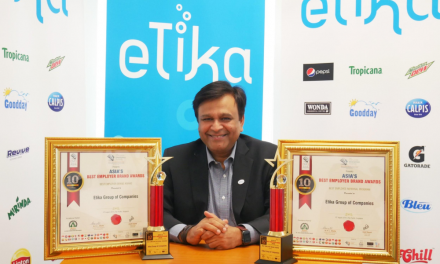KUALA LUMPUR | The Employees Provident Fund (EPF) launched two new initiatives targeting employers, namely an exemption from late payment charges and the Employer Pay Reduction Initiative (e-PaR), to ease the management of their cash flow during the pandemic while simultaneously allowing them to undertake their statutory obligations.
The initiative of the exemption from late payment charges refers to charges imposed on employers who fail to remit their EPF mandatory contributions by the 15th of every month, according to the fund in a statement.
“While the mandatory contribution date of the 15th of every month remains in effect, employers can now remit their contribution payment until the end of every month without incurring any late payment charges.
“This initiative allows the flexibility for employers to manage their cash flow effectively during these challenging times. Employers do not need to apply for this initiative as it will go into effect automatically, starting with contributions for September 2021 until December 2021,” said the EPF.
Meanwhile, the e-PaR initiative offers employers up to a 70% reduction in outstanding late payment charges imposed for any period before August 2021.
To be eligible for this reduction, the EPF said employers must ensure that any outstanding contribution payments and dividends for their employees for the periods before August this year are paid in full before Dec 31, 2021.
“The significant reduction in late payment charges is aimed at assisting employers in managing their cash flow and to provide them the opportunity to settle any outstanding contribution payments,” it said.
According to the EPF, applications for e-PaR are open from today (Sept 13) until Dec 31, 2021.
“The EPF is cognisant of the financial challenges that local businesses are facing during the imposed movement restrictions period. The two initiatives are expected to help mitigate the impact of the pandemic on business operations as well as ensure employers continue to contribute towards their workers’ retirement savings,” it added.









